Best Time To Use Sourdough Starter
This post may contain affiliate links.
There are many theories on the best time to use sourdough starter. The simple fact is, the best time to use sourdough starter is when it's at its peak.
Sourdough starter can be a tricky beast to master - you are creating a microbial eco system and then manipulating it to bake bread. It's most definitely a very interesting and often challenging science experiment. Like most things, there's always a reasoning behind why you should do things a certain way.
This article aims to explain the best time to use sourdough starter and why. In this article I am talking about a mature sourdough starter that has been established over time and is ready to be used to bake sourdough.
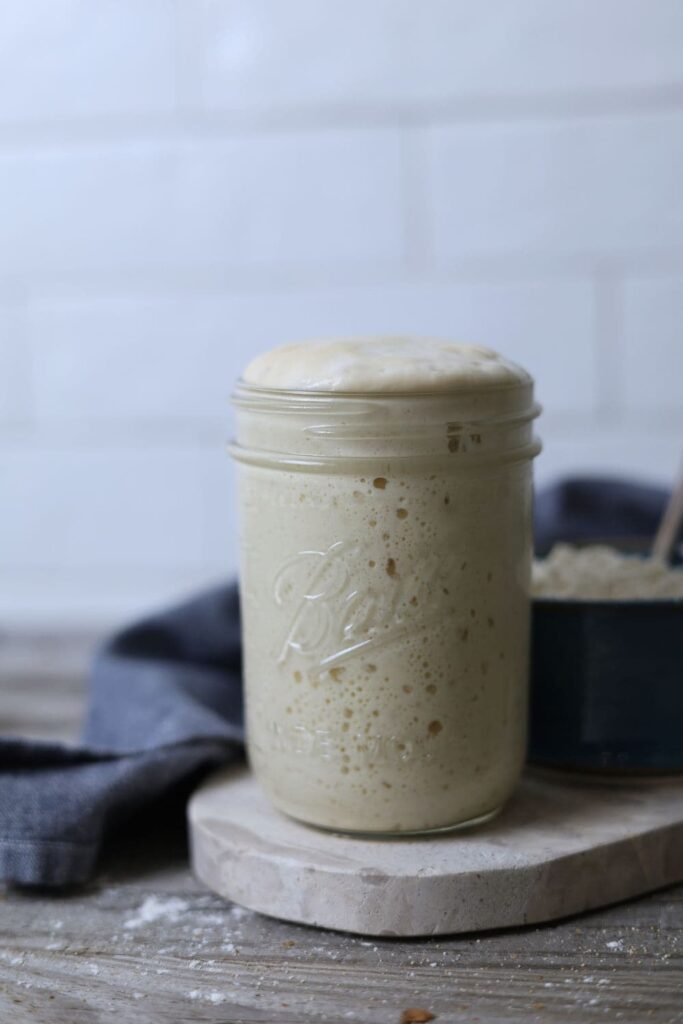
Why Use Sourdough Starter At Its Peak?
A mature sourdough starter will reach its peak around 4 to 6 hours after being fed (depending on temperature). If it's particularly cold, or you've given it a huge feeding ratio, this could be extended to 12 hours.
When you feed a sourdough starter, the yeast cells feed off the carbohydrates or sugars in the flour and turn them into carbon dioxide and ethanol. This is known as alcoholic fermentation. Yeast cells reproduce during alcoholic fermentation and when your starter is at its peak, the yeast colony are also at their largest.
This is the best time to use sourdough starter because the large colony of yeast will then feed off the flour and water in your dough, again reproducing and producing carbon dioxide bubbles which fill the gluten matrix of your dough with gas. This is what rises your sourdough. It's also why it's not a good idea to use a sleepy starter right from the refrigerator (unless you put the starter in the fridge at peak and you're using it within a few days).
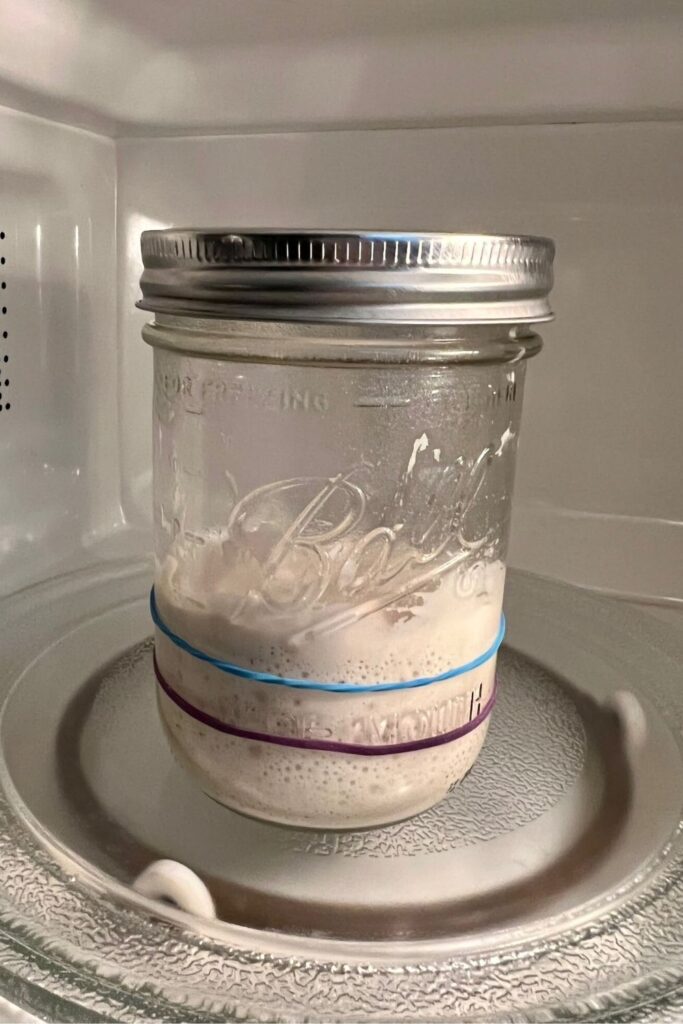
How To Time Your Starter's Peak
If you are working long hours or feeding your starter at night time, it might be hard to judge how long your starter is actually taking to peak. If you are not around after you feed it, you will miss its rise. You may only be witness to smears of starter on the sides of the jar - a tell tale sign that your starter has risen and fallen.
If you're handy with technology, a time lapse camera can be a fun way to watch your starter and see what happens when you're not there (you can see the one I made in the video below). Alternatively, you can play around with sourdough starter feeding ratios. Feeding your starter larger amounts will slow down its rise.
If you are at home one day, this is a fun way to see how long it takes your starter to peak. This is invaluable information when creating a sourdough baking timeline.
- Feed your sourdough starter and place an elastic band or mark the jar where the starter begins. I recommend 50g of starter, 50g of flour and 50g of water for this. Make sure you record the time.
- Keep an eye on your starter as it rises and place a mark after 2 hours, 4 hours and then after 6 hours.
- After this point, your starter may stay at its peak for a while, or it might start to fall. Some starters will rise even higher than double! Mark the jar after 8 hours. And then again after 10.
- When you look at the jar, the highest mark on the jar is the peak - so you should then be able to measure the timing of your starter's peak so you can plan your baking around this.
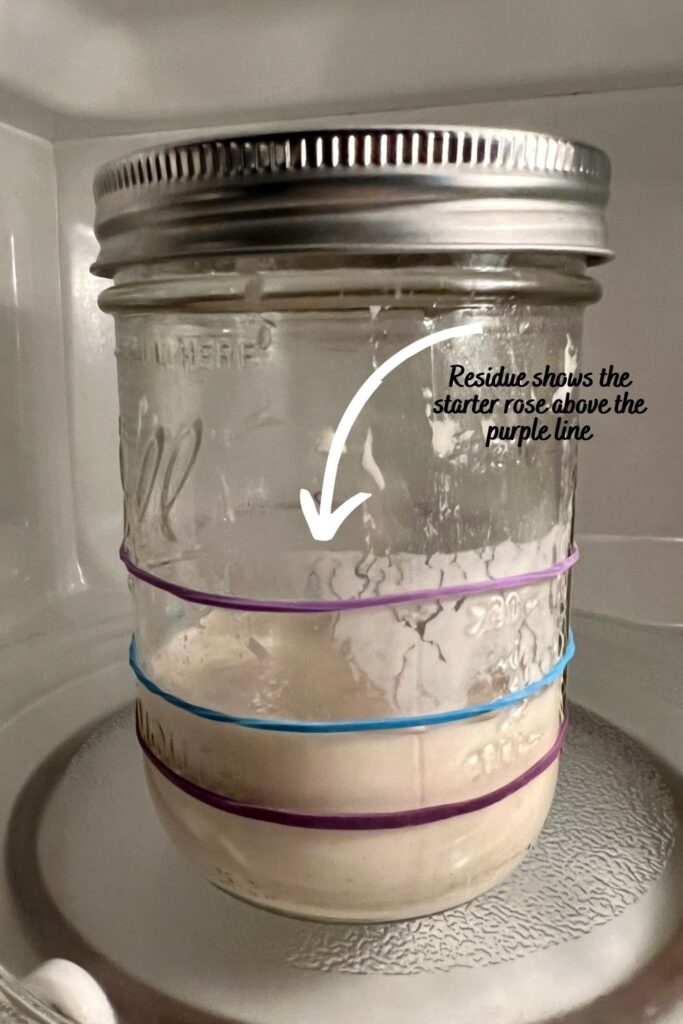
Why Does A Starter Rise and Fall?
You might have noticed that your starter will rise and peak and then after a while it collapses. Some starters don't collapse, or stay risen for a long period - and that's ok too.
As explained above, a starter rises when the yeast and lactic acid bacteria convert the sugars in the flour into carbon dioxide and ethanol. This gas is what makes sourdough starter rise. The gas bubbles are trapped inside the gluten network created by the proteins in the flour.
Eventually, the yeast and lactic acid bacteria will consume all the sugars in the flour and your starter will hit its peak. It may stay at peak for a little while as the yeast slow in their gas production.
Once they've consumed all the sugars in the jar, the yeast and lactic acid bacteria will be starving. The bacteria will start to break down the gluten network, allowing the gas to escape. This is what causes your starter to fall.
Hungry yeast will eventually produce hooch if you don't feed them. A hungry starter will collapse. It may be more runny than when you first fed it and it can also start to smell like acetone if it's left hungry for a little too long.
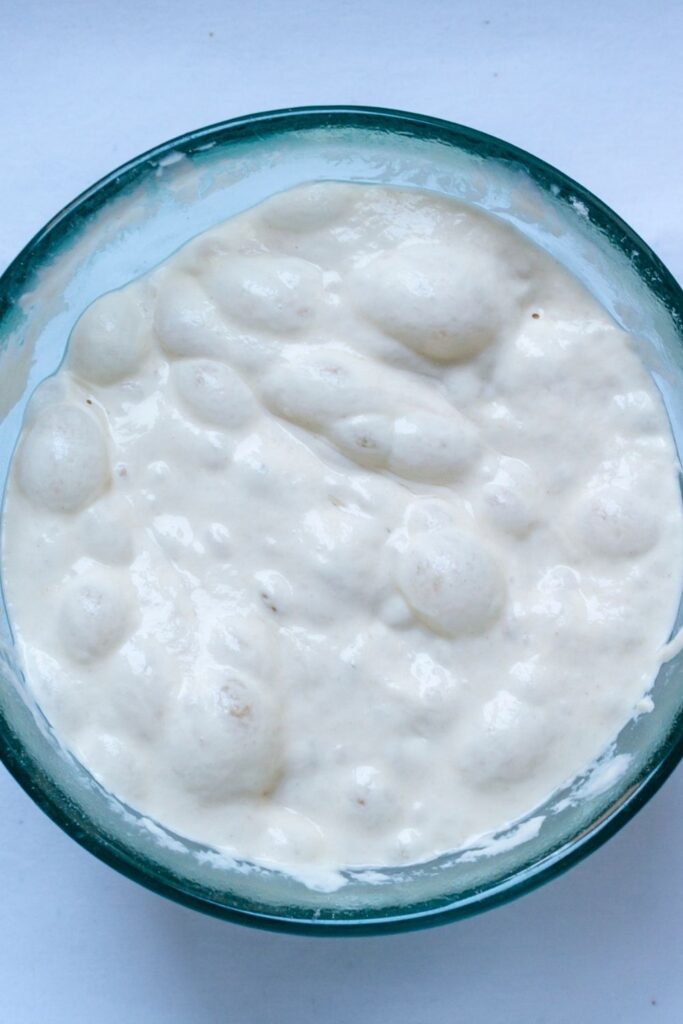
What Makes A Sourdough Starter Stay At Peak for Longer?
The consistency of your sourdough starter will change the way it behaves.
A thicker sourdough starter will be mousse like when it peaks and will stay risen for longer. The gas escape will be slower for a thicker starter, allowing it to maintain its peak for longer. This type of starter is more likely to pass the float test than a wetter starter.
A thinner, runnier sourdough starter will peak faster but will not stay risen for long. It will collapse quite quickly.
If you are trying to make your sourdough starter stay at peak for longer it's best to maintain a thicker consistency as will hold its rise for a longer period.
Cooler temperatures will also prolong your starter's peak, so if you want it to be ready faster, keeping your sourdough starter warm is important.
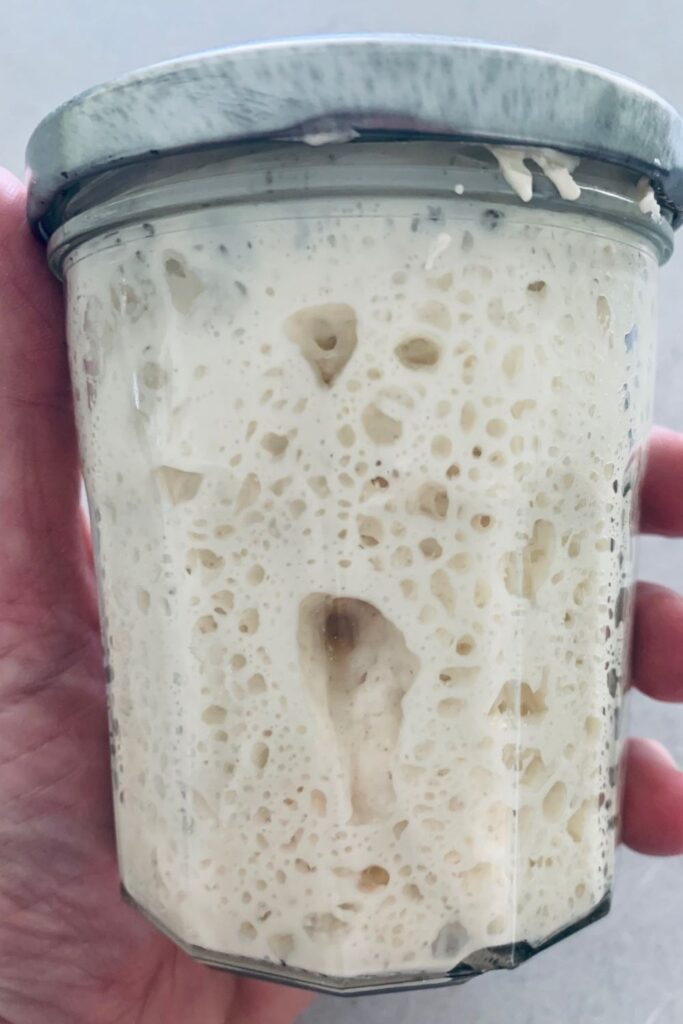
Can I Use My Sourdough Starter Right After Feeding?
It's not a good idea to use a sourdough starter right after feeding. Ideally you should wait at least 4-6 hours. When you first feed a sourdough starter, it's at its weakest point. It has not had time to consume the sugars in the flour and is flat and inactive.
After feeding, it will slowly come to life. In an active starter, bubbles will begin to appear just 10 minutes after feeding. They will become more and more prevalent as the yeast and bacteria feast until it begins to slowly rise and peak.
If you use a starter just after you've fed it, you will be using a very weak, diluted starter and then diluting it further by adding even more flour and water.
If it's a mature starter it will eventually rise your bread, but it would be extremely slow and you would probably find that the gluten network would start to bread down before it finished fermenting.
Why Does My Starter Smell Funny When I Don't Feed It?
If you neglect to feed your starter for a few days, you might find it starts to smell really bad.
Depending on how mature your starter is, it can vary from bad parmesan cheese to smelly feet or just really strong acetone or paint stripper. Whatever the case, it's not a pleasant aroma.
Because your sourdough starter is a living culture of micro organisms, it needs to be fed regularly - particularly if it's kept on the kitchen counter.
If you don't feed your starter regularly, particularly once it's collapsed, you will allow the yeast and bacteria to starve. You also risk the bacteria being too weak to overcome the bad bacteria, like mold.
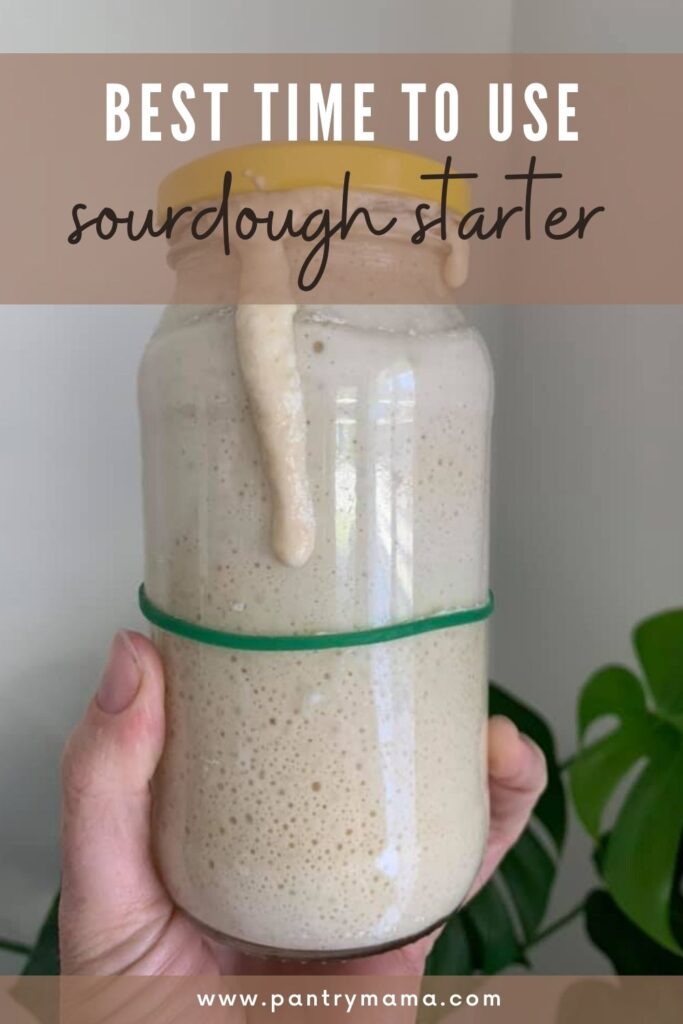
Frequently Asked Questions
No you do not have to stir sourdough starter before you use it. You measure the sourdough starter by weight, not volume, so stirring it or not makes absolutely no difference.
Fed sourdough starter refers to a starter that has been fed flour and water (preferably by weight). You should feed the starter equal or greater than its weight after discarding a portion. You should wait at least 2-4 hours or until the starter is at its peak before you use it in your baking.
Yes you can use sourdough starter after it falls. It's best to use it at its peak when the yeast colony is at its greatest, but using it after it falls is also possible. Using the starter after it's started collapsing is often used as a technique to make sourdough more sour.
There are many reasons a sourdough starter will not rise or fall. It may simply be immature and not ready rise yet. It may need to be fed with a different flour or simply given more time to develop. Read about my tips for boosting a sourdough starter.
You want clean, unchlorinated water that has good mineral content. You want to avoid distilled and RO water. I've written a full guide to the best water for sourdough starter.

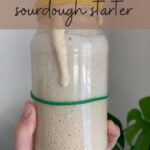
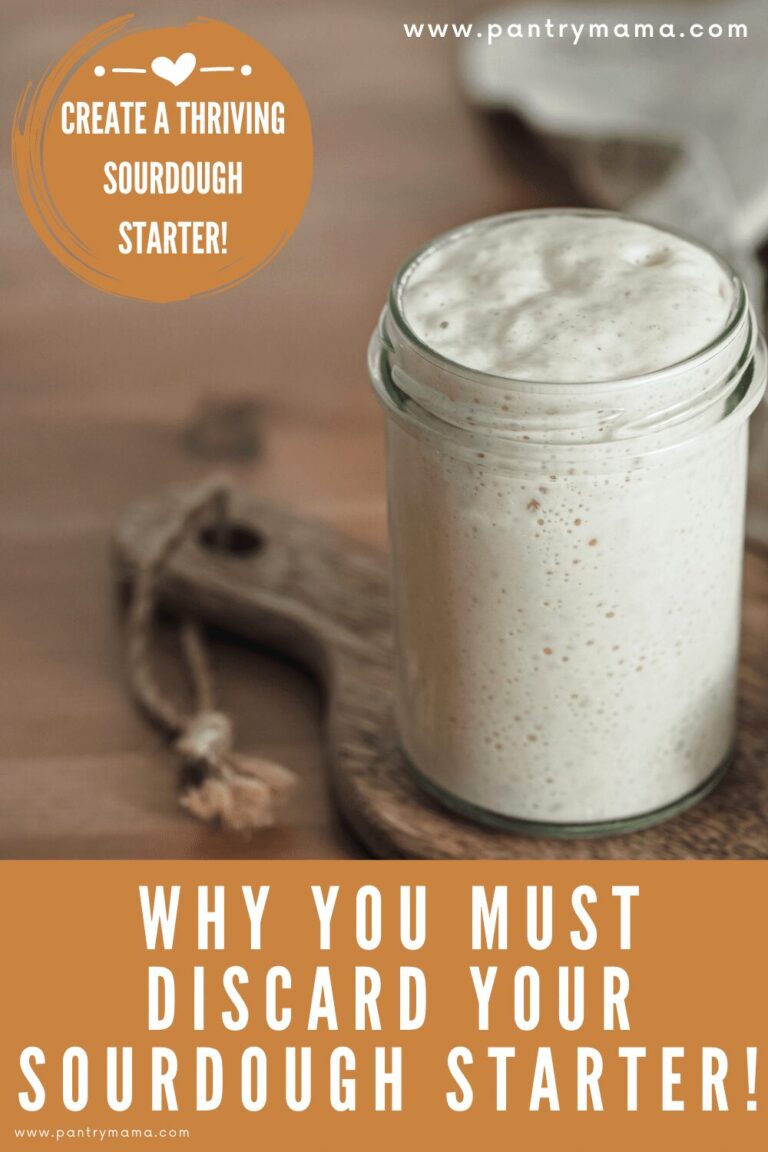
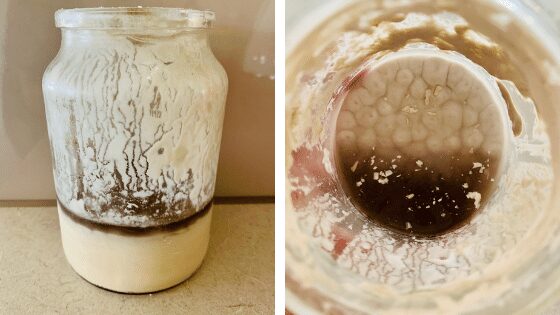
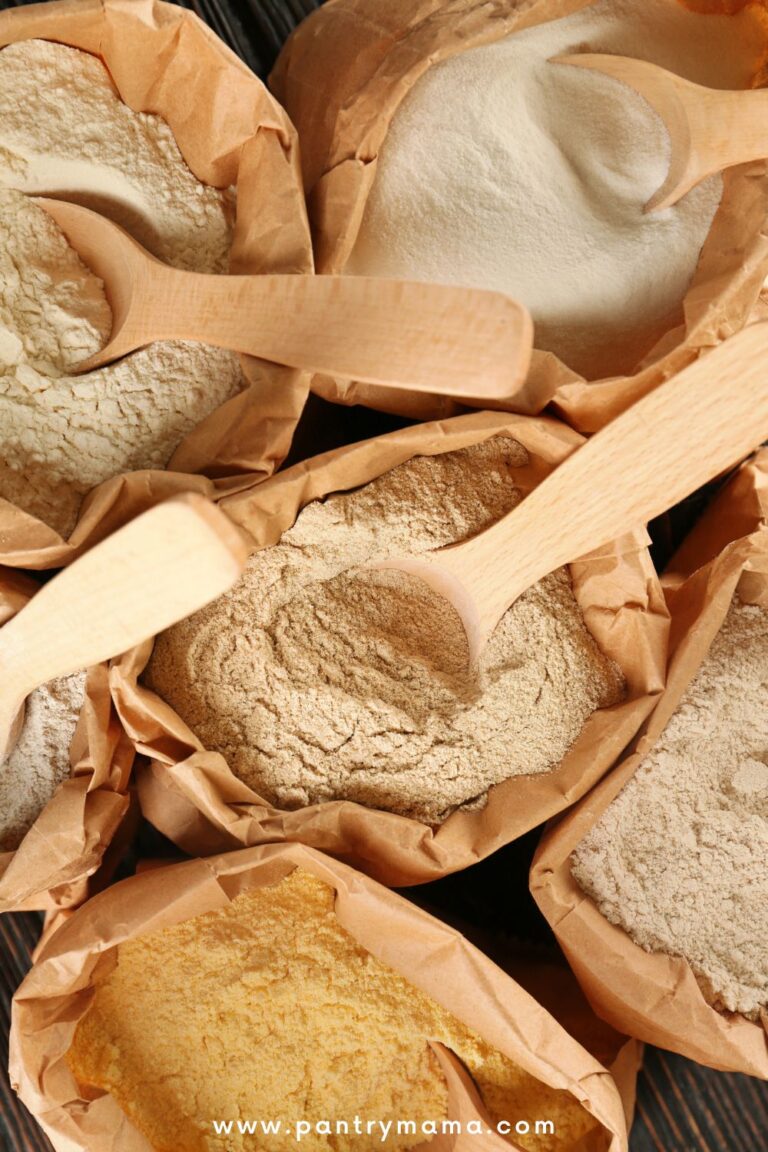
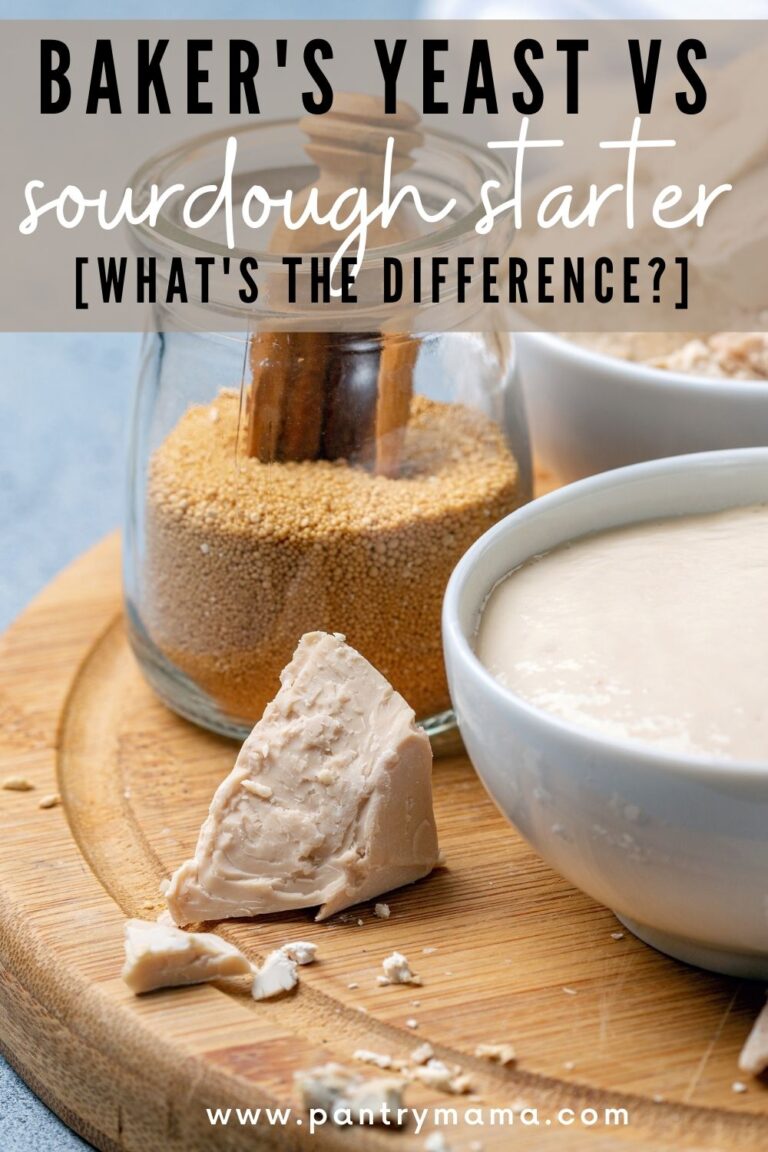

Thanks for the advice and food for thought. I am currently using a starter with a hydration of 60%. I never see any info on Stiff Starters and how best to manage them. My reasons for using a stiff starter are based on the ease of handling the dough plus the refresh days can be extended to at least once a week and the starter stays at its peak for longer. Do you have any thoughts on stiff starters? Thank You for your website. Terry B
I’ve learned so much from you. My starter is 7 months old. IMO it’s a mature starter. I don’t bake often (usually weekly) so I keep it in the fridge and feed it weekly leaving it to peak then putting back in fridge if I’m not baking. But I feed it religiously weekly. Is it possible after taking it out of the fridge that a freshly fed starter can reach peak in less than 2-4 hours. Thank you for sharing your knowledge of sourdough with us. Jackie
Would appreciate some help if you can. I am trying to get a starter going, I feed it twice daily (I work so it’s the most I can do). It rises well and is really active, but no matter what I do it ALWAYS smells like acetone. Even an hour after it’s been fed it smells like acetone. I discard most, so there’s just some scrapings in the jar and feed it 100 grams of flour and 100grams of water. But still, acetone!
I fed my starter at 9am. It took 7hrs to peak. Now it's to late for me to start my bread process . What do I do? Can I just add 10 grams more flour, water and leave it out till mornin?
Hello, I’am fairly new to sourdough, but I have a starter that is 4 months old, it doesn’t rise very much, or have many bubbles. When i feed it I usually feed it somewhere between 1/8-1/4 cup of flour, & I add enough water to make it the consistency of thick yogurt. Do i need to add the same amounts of flour & water? And do I need to add as much flour and water as there is starter?
Thank you
I had noticed that more flour/less water for a stiffer starter makes for a more mousse-like rise as the yeast presumably has less weight to lift; but doesn't this mess up the 1:1:1 ratio that most recipes call for? Or is this just in regard to the activated starter used in a recipe? Also you state that adding more new flour/water makes for a slower rise, but I would think that more "food" in proportion to the amount of yeast/bacteria would feed it that much faster as they gobbled it up with less competition - ?
I'm having a hard time with my starter doubling in size after I feed it. I fed my starter last night at 6:30pm and it didn't double until this morning when I checked it at 5:30am. I had to leave for work so I wasn't able to then use it. I'm worried if I feed it again today about 4 that I'll have overfed it but I am really wanting to bake a loaf. Any tips or advice?
It sounds like you might need to adjust the ratio that you feed your starter to either make it peak faster or slower, depending on when you need it. If you feed it a higher ratio, it will take longer to peak. This article on sourdough starter ratios will help you navigate this process. While you can overfeed a starter, if you have left it nearly 24 hours between feedings, that should be absolutely fine 🙂
This is the best, simplest to understand explanation of how starter works that I've come across so far. Thank you! I just joined your FB group also.
Love to hear that, Jen! Thank you!
I was gifted a active start 5 days ago. She has been baking with it since 12/5. Today is the 2nd day it has doubled feeding 1/1/1 over night goes back down. When is.my starter considered mature? My discard Brownies are delish. Waiting for my discard sandwich loaf to raise. Yum. Can't wait to make a loaf with mature starter. I will be gone on Ssturday most of the day. Could back Sunday if it's ready. Should I feed it when I leave 1 1 1?
If you were gifted a starter and the person has been baking with it then I would say that the starter is fine for you to bake with. If it's doubling and is a starter from someone else, it would be mature already, so there's no "waiting period" for you 🙂
I'm the most confused with the ratios. I prefer a thicker starter, so it would need less water, which would change say a 50-50-50 to a 50-50-30or40. Will this reduction in water change the hydration level in the recipe, and, if so, what changes should be made in the bread recipe? I hope you will be able to help me out. It's a hiccup in my learning/understanding process. Thank you, thank you.
Ratios are something that a lot of people struggle with, so I wrote this article on understanding sourdough starter ratios - that will definitely help you 🙂
I love reading your posts and tips on the sourdough bread journey. Thank you.
One thing that I can never achieve is a starter that bubbles up over the rim of the jar 🥹 … that would make my day!!! Otherwise I have consistently good results with your advice. Keep up the good work 🙏🏻
I put a little sugar in my sourdough starter and it finally doubled in size! I also added a little less water when I fed it i guess that helped. so I was wondering if I should use it to make my first of sourdough bread.
How old is your sourdough starter? Does it meet the readiness signs in this article on how to know your sourdough starter is ready to bake with?
I just want to clarify that I should check every 2 hours. not 2 hours, then another 4 hours, then 6 etc. its 4, 6 8 hours since the start?
I'm not sure I understand what you're referring to here, can you please clarify so I can help you better?
Very good information❣️
I’ve only been doing sourdough for a year & always reading the different posts. You’re my favorite & easy to follow as well.
Thank you,
🐾j
Why does my starter have a hard cap on it?
Sounds like it's getting too much air, try putting a plastic lid on the top but not done up tightly 🙂 This will stop the hard cap from forming 🙂